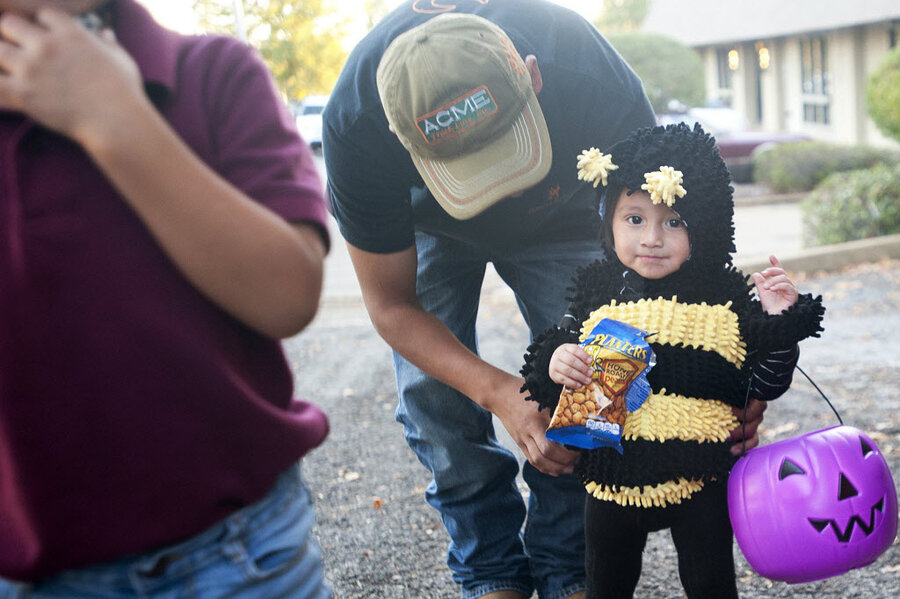How the ‘war on sugar’ is changing the Halloween haul
Loading...
A new wave of health-conscious consumers are tweaking the way they celebrate the Halloween holiday.
The nutrition-conscious are trying to find healthier ways to indulge their sweet tooth this Halloween, as fears over sugar are causing greater concern. Many are seeking a way to eat healthier, without disappointing children.
Chocolates will still dominate the candy haul most children bring back this year, but the quantity and size may look different. According to the National Confectioners Association (NCA), one in five Americans say they are more likely to buy chocolates or candies in a smaller portion size. Nearly one in four say they are buying healthier candy like dark chocolate or chocolates with nuts and fruits than five years ago.
The National Retail Federation says Americans will spend $2.1 billion on Halloween candy, but manufacturers may also start seeing the “war on sugar” scare away percentages of profit.
The World Health Organization has linked excess sugar intake to diseases like diabetes and heart disease.
To provide a healthier alternative, some manufacturers – like Unreal, Xlear Inc, and Kayco – have started developing low-sugar candy made from items consumers may be used to finding in salads. Puffed quinoa and cabbage are becoming key ingredients in the new low-sugar candy and could win over sugar-wary buyers.
Kevin Schiffman, who describes himself as a “health freak,” opted to spend much more on candy this year to buy new, low-sugar chocolate from Unreal priced at $20 a can. The alternative chocolate treats contain 5 grams of sugar, compared to over 20 grams of sugar found in many traditional chocolate bars.
Mr. Schiffman told Reuters that in previous years he gave out high-sugar treats like Kit Kats and Reese’s out of fear of being ostracized as a Halloween grinch and disappointing young tricker-treaters.
“There wasn’t really much out there that you could choose from unless you’re giving out fruit,” Schiffman told Reuters.
While the health trend is becoming increasingly widespread and companies are offer more options for health candies, some are still okay with eating candy on holidays.
"I can be a pig four times a year," Tom Cardamone told Reuters.
NCA data shows that 75 percent of people still agree that it is still okay to enjoy chocolate and candy seasonally.
This report includes material from Reuters.








